-
-
 Cardiology
Cardiology
-
 Clinical Oncology
Clinical Oncology
-
 Dental
Dental
-
 Dermatology
Dermatology
-
 Ear, Nose, Throat (ENT)
Ear, Nose, Throat (ENT)
-
 Endocrinology
Endocrinology
-
 Gastroenterology
Gastroenterology
-
 General Surgery
General Surgery
-
 Gynecology & Obstetrics
Gynecology & Obstetrics
-
 Interventional Cardiology
Interventional Cardiology
-
 Nephrology
Nephrology
-
 Neurology
Neurology
-
 Oncology Surgery
Oncology Surgery
-
 Ophthalmology
Ophthalmology
-
 Orthopedics
Orthopedics
-
 Pediatrics
Pediatrics
-
 Pediatrics Surgery
Pediatrics Surgery
-
 Physiotherapy
Physiotherapy
-
 Plastic Surgery
Plastic Surgery
-
 Psychiatry & Psychology
Psychiatry & Psychology
-
 Radiology
Radiology
-
 Urology
Urology
-
 Vascular Surgery
Vascular Surgery
-
Wash Bottle: Essential Tool for Laboratory Operations
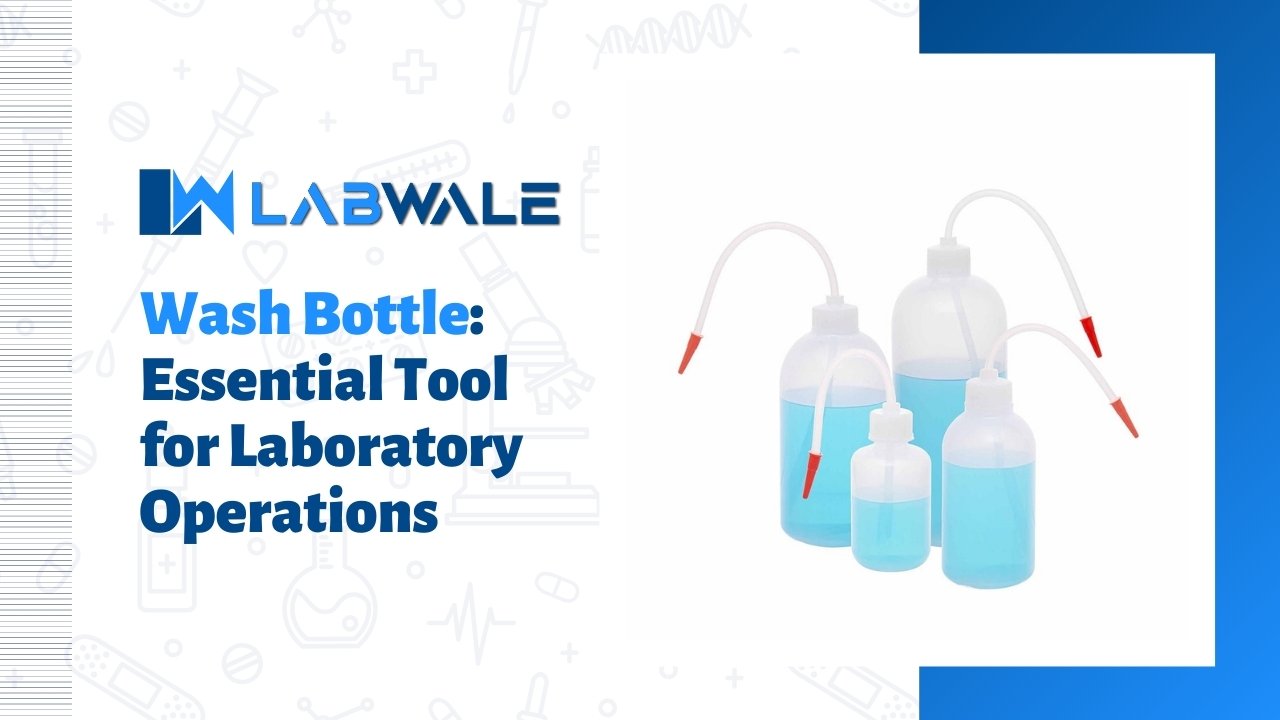
Contents
- Introduction to Wash Bottles in Laboratory Environments
- What Is a Wash Bottle and Why Is It Important?
- Common Uses of Wash Bottles in Scientific Laboratories
- Role of Wash Bottles in Maintaining Laboratory Hygiene
- Different Types of Wash Bottles Used in Labs
- Materials Used in Manufacturing Laboratory Wash Bottles
- Plastic vs Glass Wash Bottles: Key Differences
- Choosing the Right Wash Bottle for Your Laboratory Needs
- Standard Capacities and Sizes of Laboratory Wash Bottles
- Chemical Compatibility of Wash Bottles
- Importance of Nozzle Design and Flow Control
- Borosilicate Reagent Bottle (500 ML)
- Borosilicate Reagent Bottle with Screw Cap (15 ML)
- Borosilicate Reagent Bottle with Screw Cap (Amber Color) 500ml
- Field’s Stain B Sol. microscopy (500 ml)
- Lab Wash Care (500 ml)
- Light Green Solution (125 ml)
- Polylab Plastic Reagent Bottle (Wide Mouth / 500ML)
- Polylab Plastic Wash Bottle (1000ml)
- Polylab Plastic Wash Bottle (125ml)
- Polylab Plastic Wash Bottle (250ml)
- Polylab Plastic Wash Bottle (500ml)
- Wash Bottle (250 ML)
- Wash Bottles for Dispensing Distilled and Deionized Water
- Safety Considerations When Using Wash Bottles
- Proper Labeling Practices for Laboratory Wash Bottles
- Cleaning and Maintenance of Laboratory Wash Bottles
- Preventing Contamination with Proper Wash Bottle Usage
- Wash Bottles in Educational, Research, and Industrial Labs
- Regulatory and Quality Standards for Laboratory Wash Bottles
- Common Mistakes to Avoid While Using Wash Bottles
- Innovations and Advancements in Laboratory Wash Bottle Design
- Environmental Impact and Reusability of Wash Bottles
- Best Practices for Storage and Handling of Wash Bottles
- Conclusion
- Frequently Asked Questions About Wash Bottles
Introduction to Wash Bottles in Laboratory Environments
In the fast-paced world of scientific research and experimentation, every tool matters. Among the many instruments that populate a laboratory, one often overlooked yet essential item is the wash bottle. This humble container plays a pivotal role in maintaining cleanliness and order while aiding scientists in their daily tasks.
Whether you’re working with delicate glassware or handling corrosive substances, having an effective wash bottle at your side can streamline processes and ensure safety. But what exactly makes these bottles so crucial? Join us as we explore the myriad functions, designs, and best practices associated with this indispensable lab companion. Your understanding of laboratory operations will never be the same again!
What Is a Wash Bottle and Why Is It Important?
A wash bottle is a common tool found in laboratories, designed for dispensing liquids with precision. Typically made from plastic or glass, it features a flexible body and a narrow nozzle.
The main purpose of a wash bottle is to provide controlled delivery of solvents or distilled water. This helps ensure that the right amount of liquid reaches its intended target without spills or waste.
Wash bottles play an essential role in various laboratory tasks, such as rinsing glassware or delivering reagents during experiments. Their design allows users to easily manipulate the flow rate by adjusting pressure on the bottle’s body.
This versatility makes them invaluable for maintaining accuracy and efficiency in scientific work. Without wash bottles, many routine processes would be cumbersome and prone to error. They are crucial tools that enhance productivity across different lab environments.
Common Uses of Wash Bottles in Scientific Laboratories
Wash bottles play a crucial role in various laboratory tasks. They are often used for rinsing glassware, helping to remove residues from previous experiments. This ensures that cross-contamination is minimized.
In addition to cleaning equipment, wash bottles dispense solvents and reagents with precision. Researchers appreciate the control these bottles offer when transferring liquids without creating spills.
Another common use includes delivering distilled or deionized water during experiments. The nozzle design allows for targeted application, making it easier to maintain accuracy in measurements.
These versatile tools also aid in maintaining sterile conditions by providing a means to rinse surfaces and instruments before procedures. Their simplicity makes them indispensable across different scientific disciplines, from chemistry labs to biology research spaces.
Role of Wash Bottles in Maintaining Laboratory Hygiene
Wash bottles play a crucial role in maintaining hygiene within laboratory settings. They provide an effective means to rinse and clean various lab equipment without direct contact, minimizing contamination risks.
By using wash bottles filled with distilled or deionized water, scientists can ensure that their glassware is free from impurities. This practice is essential for accurate experimental results.
Contaminants can easily alter the outcome of sensitive analyses. Regularly sanitizing tools with a wash bottle helps create a safe working environment.
Moreover, having designated wash bottles for specific substances reduces cross-contamination between different chemicals. Proper labeling further enhances this safety measure by providing clear identification of contents.
In laboratories where precision matters, cleanliness cannot be overlooked. The consistent use of wash bottles aids in upholding rigorous hygiene standards across all experiments and research processes.
Different Types of Wash Bottles Used in Labs
Laboratories employ a variety of wash bottles tailored to specific tasks. Each type has unique features that make it suitable for different applications.
Polyethylene wash bottles are the most common choice. They offer flexibility and durability, making them ideal for dispensing water or mild cleaning solutions.
For more aggressive chemicals, glass wash bottles are preferred. Their chemical resistance ensures safety when handling solvents and acids.
Specialized versions like squeeze bottles provide precise control over liquid flow, allowing for targeted application in experiments.
Some labs use spray bottle designs for even distribution of liquids across surfaces. This is particularly helpful in biological settings where sterilization is essential.
Additionally, there are color-coded options available to prevent cross-contamination among reagents. These variations help streamline processes while maintaining strict laboratory standards.
Materials Used in Manufacturing Laboratory Wash Bottles
Laboratory wash bottles are crafted from a variety of materials, each chosen for specific properties. The most common material is high-density polyethylene (HDPE). This plastic offers excellent chemical resistance and durability, making it ideal for general laboratory use.
Polypropylene is another popular choice. It provides similar benefits but can withstand higher temperatures. Chemists often prefer this material when working with heated solutions or sterilization processes.
Glass wash bottles have their own advantages too. They are non-reactive and can be cleaned thoroughly, making them suitable for volatile chemicals. However, they come with the risk of breakage.
Silicone components may also feature in specialized designs to enhance flexibility while maintaining chemical compatibility. Each material brings unique strengths to ensure that researchers get reliable performance tailored to their needs in diverse laboratory environments.
Plastic vs Glass Wash Bottles: Key Differences
Plastic and glass wash bottles each have distinct characteristics suited for different laboratory needs. Plastic wash bottles are lightweight, making them easy to handle. They’re typically less expensive and resistant to breakage, which is a significant advantage in busy lab environments.
On the other hand, glass bottles offer superior chemical resistance. This makes them ideal for storing more aggressive solvents or reagents that could degrade plastic over time. Glass also provides a clearer view of the liquid inside, allowing users to easily monitor levels.
However, glass can be heavy and poses a risk of shattering if dropped. It requires careful handling and storage practices to maintain safety in the lab.
When choosing between these materials, consider factors like chemical compatibility and your specific laboratory environment. Each type has its strengths that cater to various tasks within scientific research or educational settings.
Choosing the Right Wash Bottle for Your Laboratory Needs
Selecting the appropriate wash bottle for your laboratory is crucial. Consider the type of liquid you will be storing or dispensing. Different materials, like plastic and glass, have varied chemical resistances.
Next, think about the nozzle design. A precise flow control can enhance efficiency during experiments. Look for bottles with adjustable nozzles to suit different tasks.
Capacity matters too. Choose a size that complements your workflow without taking up unnecessary space on your bench.
Additionally, consider how often you’ll use the wash bottle. Frequent users may prefer lightweight options for easy handling, while occasional users might opt for sturdier models.
Always check compatibility with specific chemicals involved in your research to prevent degradation or contamination over time. Taking these factors into account ensures optimal performance tailored to your unique laboratory environment.
Standard Capacities and Sizes of Laboratory Wash Bottles
Laboratory wash bottles come in various sizes and capacities to suit different applications. Commonly, you’ll find them ranging from 125 mL to 1 liter. This variety allows scientists to choose the right volume for their specific needs.
Smaller bottles are ideal for tasks requiring precision, such as rinsing containers or dispensing small amounts of solvents. Conversely, larger bottles are perfect for bulk cleaning or when frequent washing is necessary.
It’s essential to consider the size based on your workspace and usage frequency. Compact options save space but may require more refills during extensive experiments.
Additionally, selecting a capacity that aligns with your workflow can enhance efficiency and minimize interruptions. Always evaluate how often you will need to refill before making a decision on which size best fits your laboratory operations.
Chemical Compatibility of Wash Bottles
Chemical compatibility is crucial when selecting wash bottles for laboratory use. Different chemicals can react with various materials, leading to degradation or contamination.
For example, strong acids can corrode certain plastics, while alkalis might affect glass containers. Understanding these interactions helps prevent accidents and ensures safety in the lab environment.
Using the wrong material may not only compromise experiments but also pose health risks to personnel. Always consult compatibility charts from manufacturers before making a purchase decision.
Additionally, labeling wash bottles according to their contents adds an extra layer of safety. It minimizes the chances of misuse and cross-contamination during laboratory operations.
Choosing wisely based on chemical properties safeguards both your research and your team’s well-being.
Importance of Nozzle Design and Flow Control
The design of the nozzle on a wash bottle plays a crucial role in its effectiveness. A well-designed nozzle allows for precise control over fluid delivery, reducing waste and enhancing accuracy during experiments.
Flow control is essential, especially when dealing with sensitive reagents or delicate processes. An adjustable nozzle can provide different flow rates, catering to various applications—whether it’s rinsing glassware or dispensing small amounts of liquid.
Moreover, ergonomic designs ensure that users can easily manipulate the bottles without straining their hands. This consideration enhances safety and reduces spills.
Different shapes and sizes also contribute to versatility. Some nozzles are designed specifically for narrow openings while others cater to broader surfaces. Having the right type means better efficiency in achieving desired outcomes in any laboratory task.
Wash Bottles for Dispensing Distilled and Deionized Water
Wash bottles are essential for dispensing distilled and deionized water in laboratory settings. These pure forms of water are crucial for experiments that require contamination-free environments.
Using a wash bottle allows precise control over the amount of water dispensed. This is particularly important when rinsing equipment or diluting solutions, where even a slight impurity can affect results.
Most wash bottles designed for this purpose feature nozzles that provide steady flow without splashes. This minimizes waste and ensures accuracy during usage.
It’s vital to label these bottles clearly to avoid any mix-ups with other liquids in the lab. Proper identification helps maintain safety protocols and reduces the risk of cross-contamination.
Regular cleaning after each use keeps the integrity of distilled or deionized water intact. By following best practices, labs can ensure reliable results every time they dispense from their wash bottles.
Safety Considerations When Using Wash Bottles
Safety is paramount when working with wash bottles in the lab. Always ensure that you are using the appropriate bottle for your specific chemicals or solvents. Reading labels and understanding compatibility can prevent dangerous reactions.
Wear personal protective equipment (PPE) such as gloves and goggles to shield yourself from splashes. This basic precaution goes a long way in maintaining safety during experiments.
Secure caps tightly after use to minimize evaporation and reduce exposure risks. Store wash bottles upright to prevent spills, keeping workspaces organized and hazard-free.
Regularly inspect your wash bottles for cracks or leaks. Damaged bottles should be replaced immediately to avoid unexpected accidents that could jeopardize both personnel and research integrity.
Being mindful of nozzle design is also vital; it affects flow control, which helps in accurate dispensing while reducing the chance of mishaps during use.
Proper Labeling Practices for Laboratory Wash Bottles
Proper labeling of laboratory wash bottles is crucial for safety and efficiency. Each bottle should clearly indicate its contents, whether it’s distilled water, alcohol, or a chemical solution. This practice helps prevent mix-ups that could lead to hazardous situations.
Labels need to be durable and resistant to chemicals. They should also withstand the wear and tear of daily lab activities without fading or peeling off. Using waterproof markers or printed labels can enhance clarity.
Additionally, incorporating hazard symbols ensures quick recognition of dangerous materials. It provides an instant visual cue for anyone handling the bottle.
Regularly checking labels for accuracy is essential as well. As solutions are depleted or changed, updating the label avoids confusion in future use.
Creating a standardized labeling system within your lab promotes consistency and enhances overall safety protocols while fostering clear communication among team members.
Cleaning and Maintenance of Laboratory Wash Bottles
Cleaning laboratory wash bottles is crucial for ensuring their longevity and effectiveness. Start by rinsing them with distilled water to remove any residues. This simple step prevents cross-contamination during subsequent uses.
Use a mild detergent or appropriate cleaning solution tailored for the materials of your wash bottle. For plastic bottles, avoid harsh chemicals that could degrade the material over time; glass bottles can often handle stronger cleaners.
Thoroughly scrub both the inside and outside surfaces using a soft brush or cloth. Pay special attention to the nozzle, as this area can harbor bacteria if not properly cleaned. Rinse thoroughly after scrubbing to ensure no soap remains.
For deeper cleans, consider soaking in a diluted bleach solution or other disinfectants suitable for lab environments. Afterward, rinse again until all traces of cleaner are gone.
Air-dry completely before storing to prevent moisture accumulation, which can lead to mold growth and unpleasant odors.
Preventing Contamination with Proper Wash Bottle Usage
Preventing contamination in a laboratory is paramount, and proper wash bottle usage plays a crucial role. First, always ensure your wash bottles are clean before each use. Residue from previous experiments can lead to unwanted reactions or skewed results.
When dispensing liquids, avoid touching the nozzle to any surface. This simple act prevents microbial transfer that could compromise your samples. Additionally, using dedicated bottles for specific chemicals minimizes cross-contamination risks.
Regularly inspect the integrity of your wash bottles; cracks or chips can harbor contaminants. It’s also wise to label each bottle clearly with its contents and intended use to prevent mix-ups.
Store your wash bottles upright and away from potential hazards. Keeping them organized reduces the chance of accidental spills or exposure that might lead to contamination later on in your work process.
Wash Bottles in Educational, Research, and Industrial Labs
Wash bottles play a vital role in various laboratory settings, including educational institutions, research facilities, and industrial labs. In classrooms, they provide students with hands-on experience in handling liquids safely and accurately. This practical application fosters learning and enhances understanding of scientific principles.
In research laboratories, wash bottles are essential for maintaining precision during experiments. They help researchers dispense solvents or deionized water with ease while ensuring minimal contamination risk. Their design allows for controlled flow rates that contribute to precise measurements.
Industrial labs rely on wash bottles for consistency and efficiency in processes that require regular cleaning or rinsing of equipment. These tools streamline workflows by enabling quick access to necessary solutions without the need for cumbersome pouring methods.
Whether in academia or industry, wash bottles ensure that lab operations run smoothly while enhancing both safety and accuracy across various applications.
Regulatory and Quality Standards for Laboratory Wash Bottles
Laboratory wash bottles must meet specific regulatory and quality standards to ensure safety and efficiency. Various organizations, including ASTM International and ISO, provide guidelines that manufacturers should follow.
These standards address material composition, design features, and labeling requirements. Compliance ensures that bottles can safely hold various chemicals without degrading or leaching harmful substances.
Quality control during production is vital. It guarantees that each bottle maintains uniformity in size, shape, and performance across batches. This consistency reduces the risk of contamination during lab processes.
Regular audits of manufacturing practices help maintain adherence to these standards. Laboratories often look for certifications indicating compliance with recognized norms when selecting wash bottles.
Understanding these regulations not only protects laboratory personnel but also enhances the reliability of experimental results by minimizing variables related to equipment failure or contamination risks.
Common Mistakes to Avoid While Using Wash Bottles
One of the most common mistakes in using wash bottles is neglecting the proper labeling. Without clear labels, it’s easy to confuse contents, leading to potential mishaps or contamination.
Another misstep involves improper handling. Squeezing a wash bottle too forcefully can lead to spills and splashes, creating an unsafe work environment. A gentle squeeze ensures controlled dispensing.
Many users overlook cleaning practices as well. Rinsing with water after each use is vital for preventing residue build-up that could affect future experiments.
Using inappropriate bottles for certain chemicals is another frequent error. Always check chemical compatibility before selecting a wash bottle material.
Never forget about nozzle maintenance; clogged nozzles can hinder flow control and create frustration during critical lab tasks. Regular inspections help maintain optimal performance and safety while working efficiently in the lab.
Innovations and Advancements in Laboratory Wash Bottle Design
Recent innovations in laboratory wash bottles have revolutionized how scientists handle liquids. Enhanced nozzle designs now allow for precise flow control, minimizing waste and preventing spills. These advancements contribute significantly to maintaining a clean work environment.
Moreover, some modern bottles feature ergonomic shapes that improve grip and ease of use during repetitive tasks. This thoughtful design reduces hand fatigue, making lengthy experiments more manageable.
In terms of materials, manufacturers are introducing advanced plastics that resist chemical degradation while being lightweight. Some options offer transparency for easy visibility of contents.
Additionally, smart technology is emerging in wash bottle designs. Sensors can monitor liquid levels or detect contamination, alerting users before any issues arise. As laboratories continue to evolve toward greater efficiency and safety, these innovative features will undoubtedly play a crucial role in shaping the future of lab operations.
Environmental Impact and Reusability of Wash Bottles
The environmental impact of laboratory supplies often goes unnoticed, yet it plays a significant role in sustainability efforts. Wash bottles are no exception. Made from materials like plastic and glass, they can contribute to waste if not reused appropriately.
Reusability is one of the key advantages of wash bottles. Many laboratories have started adopting refillable options to minimize single-use items in their operations. This shift helps reduce plastic waste while maintaining efficiency.
Moreover, selecting durable materials ensures that these containers withstand multiple uses without degrading. Investing in quality wash bottles not only supports lab functions but also aligns with eco-friendly practices.
Proper cleaning protocols further extend the lifespan of wash bottles, promoting responsible usage among lab personnel. By prioritizing reusability and mindful disposal methods, labs can make substantial strides toward reducing their ecological footprint while maintaining operational efficacy.
Best Practices for Storage and Handling of Wash Bottles
Proper storage of wash bottles is crucial for maintaining their integrity. Always keep them upright in designated racks or shelves to prevent spills and contamination. Ensure the area is clean and free from hazardous materials.
Handling wash bottles requires attention to detail. Before use, inspect both the bottle and nozzle for any signs of damage or wear. Avoid touching nozzles with bare hands; use gloves if necessary to maintain cleanliness.
Label each bottle clearly with its contents, including concentration levels where applicable. This practice helps minimize cross-contamination risks.
When refilling, do so in a controlled environment to avoid introducing impurities into the liquid inside. If using volatile chemicals, ensure adequate ventilation during handling.
Regularly review your storage practices as part of routine lab safety audits, ensuring compliance with regulations while fostering a safe working atmosphere for all users.
Conclusion
Wash bottles are indispensable tools in any laboratory setting. Their versatility makes them suitable for a range of tasks, from rinsing glassware to dispensing precise amounts of liquids.
Selecting the right wash bottle can enhance efficiency and ensure safety during experiments. With various materials available, each option offers distinct advantages depending on the chemicals involved.
Proper maintenance is essential for extending the life of these containers. Regular cleaning prevents contamination, ensuring that results remain accurate and reliable.
Those working in educational or industrial labs will appreciate how innovations continue to improve design and functionality. This ongoing evolution reflects a growing commitment to safety and usability in scientific environments.
Whether you’re conducting research or teaching students about lab practices, understanding wash bottles enhances laboratory operations significantly.
Frequently Asked Questions About Wash Bottles
When it comes to wash bottles, many questions often arise. Here are some of the most frequently asked ones:
What is a wash bottle used for in laboratories?
Wash bottles are primarily used to dispense liquids, such as distilled or deionized water, with precision and control. They are essential tools for rinsing glassware and maintaining cleanliness during experiments.
Are there different types of wash bottles available?
Yes, there are various types of wash bottles made from materials like plastic and glass. Each type serves specific purposes based on chemical compatibility and usage requirements.
How do I know if my wash bottle is suitable for certain chemicals?
Check the manufacturer’s specifications regarding chemical compatibility. Most suppliers provide guidelines that indicate which chemicals can be safely stored in each type of wash bottle.
What should I consider when selecting a nozzle design?
The nozzle design affects flow control and dispensing accuracy. Choose one that allows you to manage liquid flow effectively while minimizing spills or splashes.
How do I maintain my lab’s wash bottles properly?
Regular cleaning is crucial to prevent contamination. Rinse them thoroughly after use, label appropriately, and store them upright to keep their nozzles clear.


 Anatomy Lab Equipments
Anatomy Lab Equipments
 Biochemistry Lab Equipments
Biochemistry Lab Equipments
 Biology Lab Equipments
Biology Lab Equipments
 Chemistry Lab Equipments
Chemistry Lab Equipments
 Cytology Lab Equipments
Cytology Lab Equipments
 Cytopathology Lab Equipments
Cytopathology Lab Equipments
 Dental Lab Equipments
Dental Lab Equipments
 Forensic Lab Equipments
Forensic Lab Equipments
 Genetics Lab Equipments
Genetics Lab Equipments
 Hematology Lab Equipments
Hematology Lab Equipments
 Histology Lab Equipments
Histology Lab Equipments
 Histopathology Lab Equipments
Histopathology Lab Equipments
 Mathematics Lab Equipments
Mathematics Lab Equipments
 Microbiology Lab Equipments
Microbiology Lab Equipments
 Molecular Biology Lab Equipments
Molecular Biology Lab Equipments
 Pathology Lab Equipments
Pathology Lab Equipments
 Pharmaceutical Lab Equipments
Pharmaceutical Lab Equipments
 Physics Lab Equipments
Physics Lab Equipments
 Radiology Lab Equipments
Radiology Lab Equipments
 Science Lab Kit’s
Science Lab Kit’s
 Toxicology Lab Equipments
Toxicology Lab Equipments

 Borosilicate Glass Beaker
Borosilicate Glass Beaker
 Plastic Beaker (Euro Design)
Plastic Beaker (Euro Design)
 Plastic Beaker (Printed Graduation)
Plastic Beaker (Printed Graduation)
 Test Tube Brush
Test Tube Brush
 Measuring Cylinder Brush
Measuring Cylinder Brush
 Conical Flask Brush
Conical Flask Brush
 Volumetric Flask Brush
Volumetric Flask Brush
 Round Bottom Flask Brush
Round Bottom Flask Brush
 Glass Beaker Brush
Glass Beaker Brush
 Pipette Brush
Pipette Brush
 Wash Bottle Brush
Wash Bottle Brush
 Borosilicate Büchner Flask
Borosilicate Büchner Flask
 Borosilicate Erlenmeyer/Conical Flask
Borosilicate Erlenmeyer/Conical Flask
 Borosilicate Pear-Shaped Flask
Borosilicate Pear-Shaped Flask
 Borosilicate Round Bottom Flask
Borosilicate Round Bottom Flask
 Plastic Conical Flask
Plastic Conical Flask
 Plastic Volumetric Flask
Plastic Volumetric Flask
 Bunsen Burner
Bunsen Burner
 Spirit Lamp
Spirit Lamp
 Borosilicate Glass Burette
Borosilicate Glass Burette
 Plastic Burette
Plastic Burette
 Capillary Tube
Capillary Tube
 Centrifuge Tube
Centrifuge Tube
 Test Tube
Test Tube
 Ria Vial
Ria Vial
 Vacutainer Tubes
Vacutainer Tubes
 Syringes
Syringes
 Student Microscope
Student Microscope
 Binocular Microscope
Binocular Microscope
 Dissecting Microscope
Dissecting Microscope
 Microscope Glass Slides
Microscope Glass Slides
 Cover Slip
Cover Slip
 Inoculating Loop
Inoculating Loop
 Slide Box
Slide Box
 Lamps
Lamps
 Oils
Oils
 Beaker Tongs
Beaker Tongs
 Crucible Tongs
Crucible Tongs
 Flask Tongs
Flask Tongs
 Borosilicate Glass Funnel
Borosilicate Glass Funnel
 Plastic Funnels
Plastic Funnels
 Wash Bottle
Wash Bottle
 Borosilicate Glass Reagent Bottle
Borosilicate Glass Reagent Bottle
 Plastic Reagent Bottle
Plastic Reagent Bottle
 Borosilicate Measuring Cylinder
Borosilicate Measuring Cylinder
 Plastic Measuring Cylinder
Plastic Measuring Cylinder
 Borosilicate Glass Graduated Pipette
Borosilicate Glass Graduated Pipette
 Borosilicate Glass Volumetric Pipette
Borosilicate Glass Volumetric Pipette
 HB Pipette
HB Pipette
 Pasteur Pipette
Pasteur Pipette
 Micropipettes
Micropipettes
 Micropipette Tips
Micropipette Tips
 Filter Paper
Filter Paper
 Litmus Paper
Litmus Paper
 pH Paper
pH Paper
 Chromatography Paper
Chromatography Paper
 Plastic Petri Plates (Sterile)
Plastic Petri Plates (Sterile)
 Glass Petri Plates (Non-Sterile)
Glass Petri Plates (Non-Sterile)
 Safety Goggles
Safety Goggles
 Lab Coats
Lab Coats
 Gloves
Gloves
 Masks
Masks
 Shoe Covers
Shoe Covers
 Hair & Beard Covers
Hair & Beard Covers
 Steel Spatula
Steel Spatula
 Plastic Spatula
Plastic Spatula
 Hitachi Sample Cup
Hitachi Sample Cup
 Plastic Scoop
Plastic Scoop
 Plastic Medicine Cup
Plastic Medicine Cup
 Dissecting Tool Kit
Dissecting Tool Kit
 Dissecting Forceps
Dissecting Forceps
 Hemostatic Forceps
Hemostatic Forceps
 Thumb Forceps / Tweezers
Thumb Forceps / Tweezers
 Blood Culture Bottle
Blood Culture Bottle
 Urine Container
Urine Container
 Wooden Swab Stick
Wooden Swab Stick
 Test Tube Holder
Test Tube Holder
 Test Tube Racks
Test Tube Racks
 Magnifying Glass
Magnifying Glass
 Watch Glass
Watch Glass
 Mortar and Pestle
Mortar and Pestle
 Coplin Jar
Coplin Jar
 Plastic Stirrer
Plastic Stirrer
 Glass Stirrer
Glass Stirrer
 Crucible
Crucible
 Tripod
Tripod
 Wire Mesh
Wire Mesh
 Laboratory Thermometer
Laboratory Thermometer
 Tourniquet
Tourniquet
 Alcohol Swab
Alcohol Swab
 Blood Lancet
Blood Lancet
 Bandage
Bandage
 Gloves & Masks
Gloves & Masks








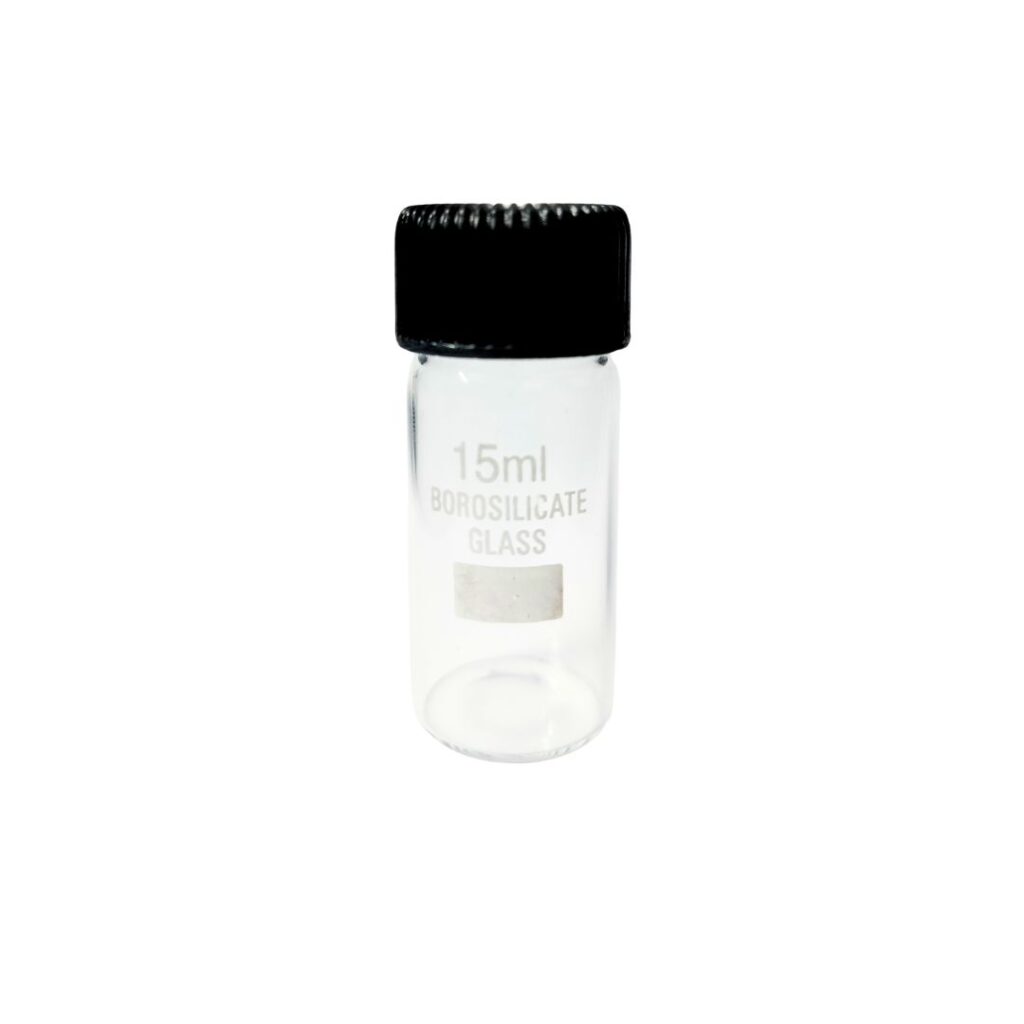
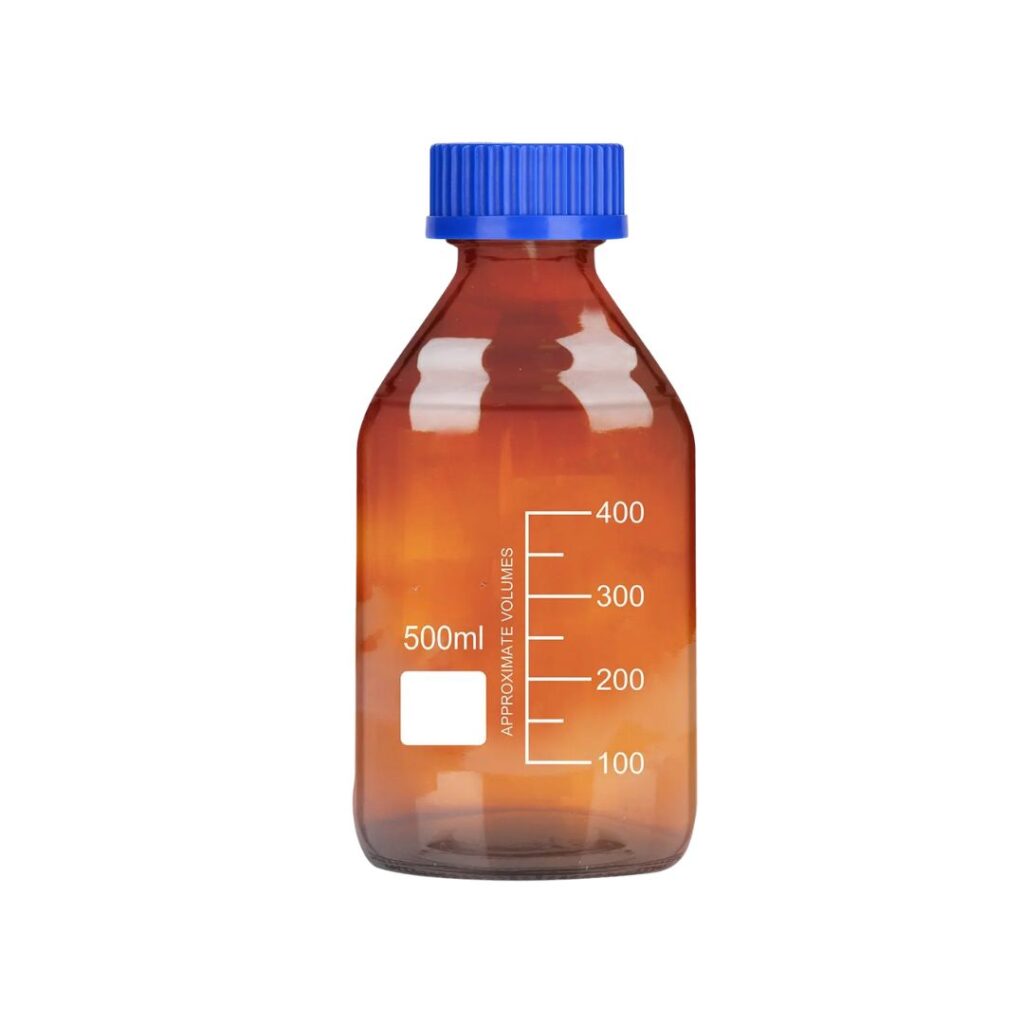
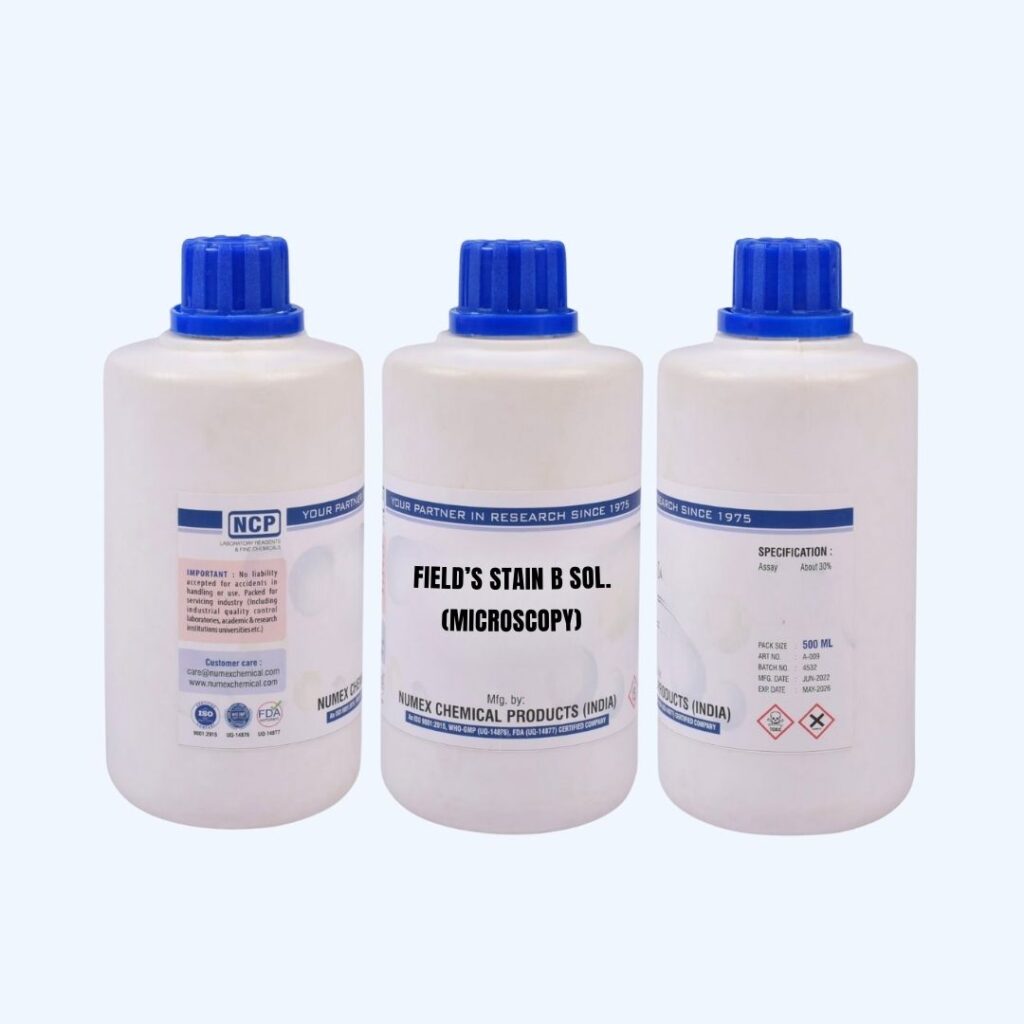
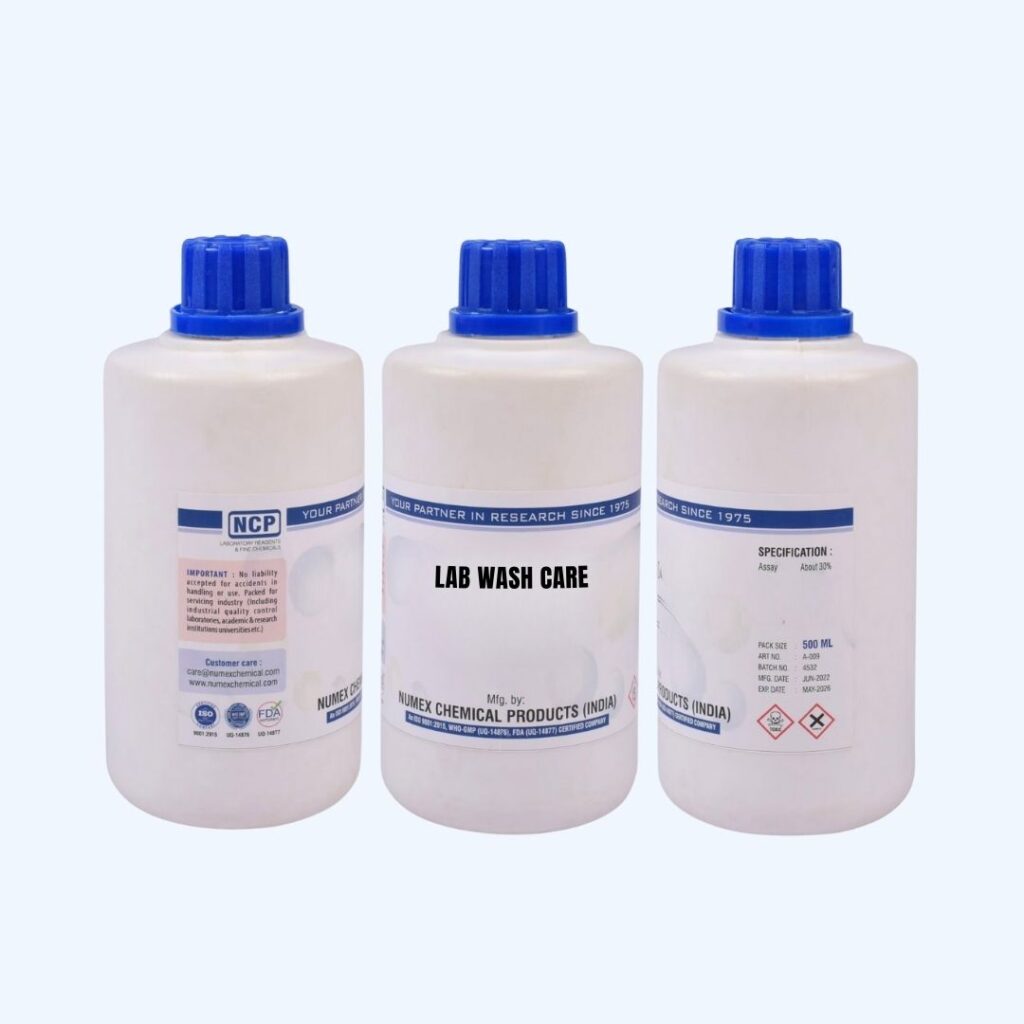
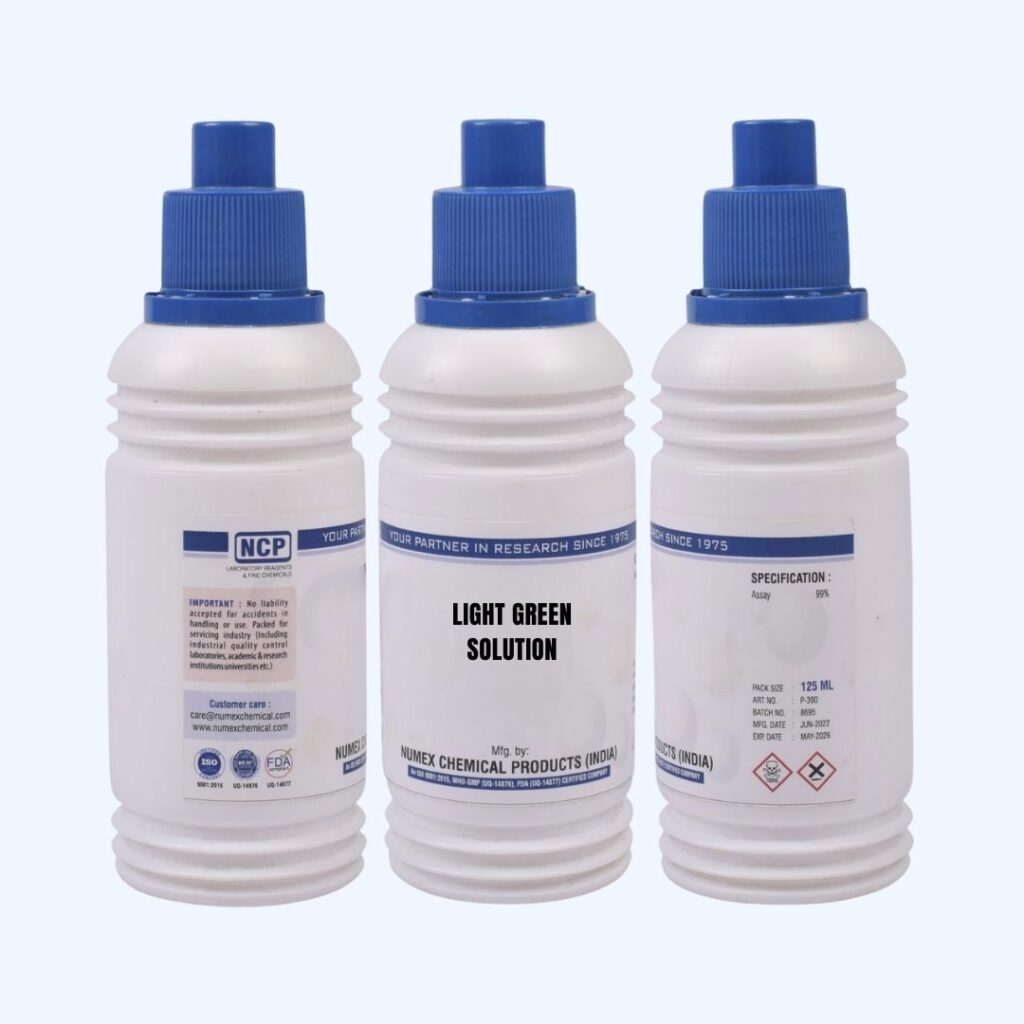
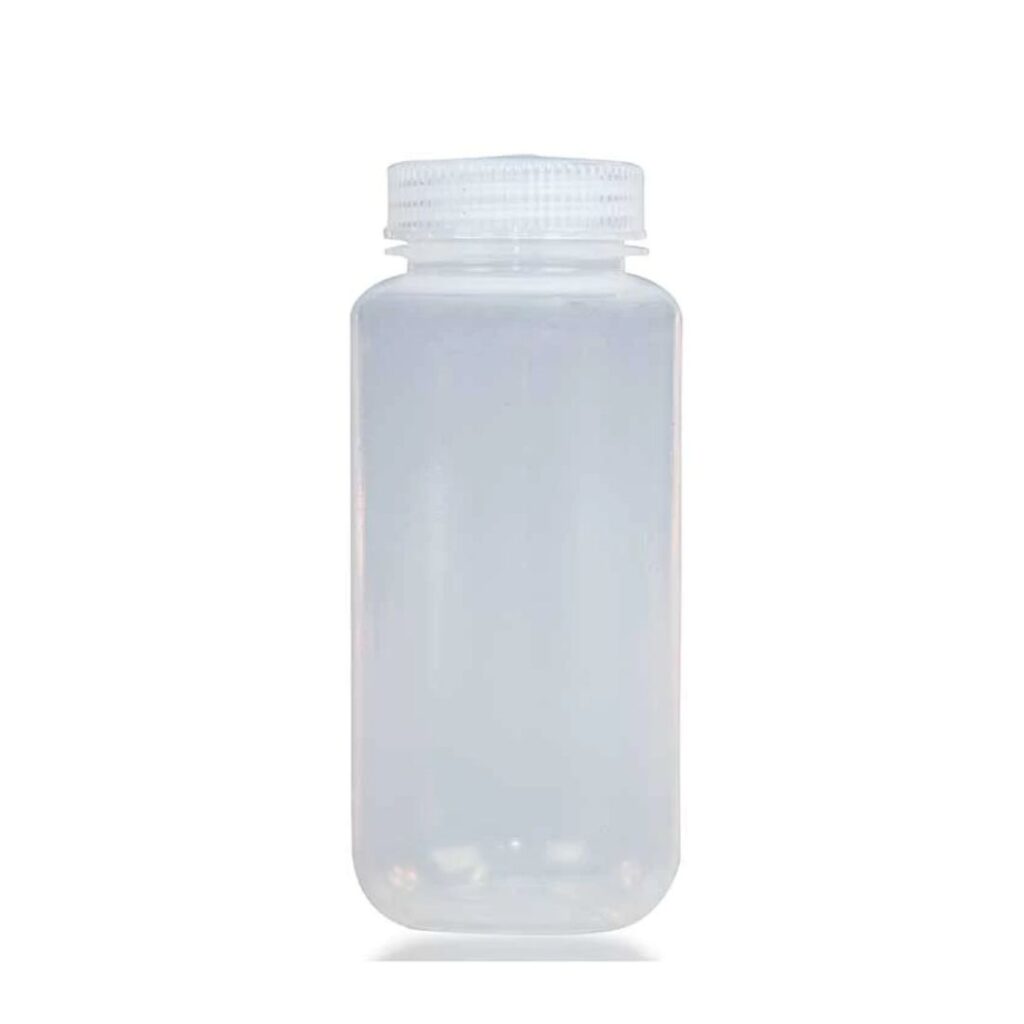
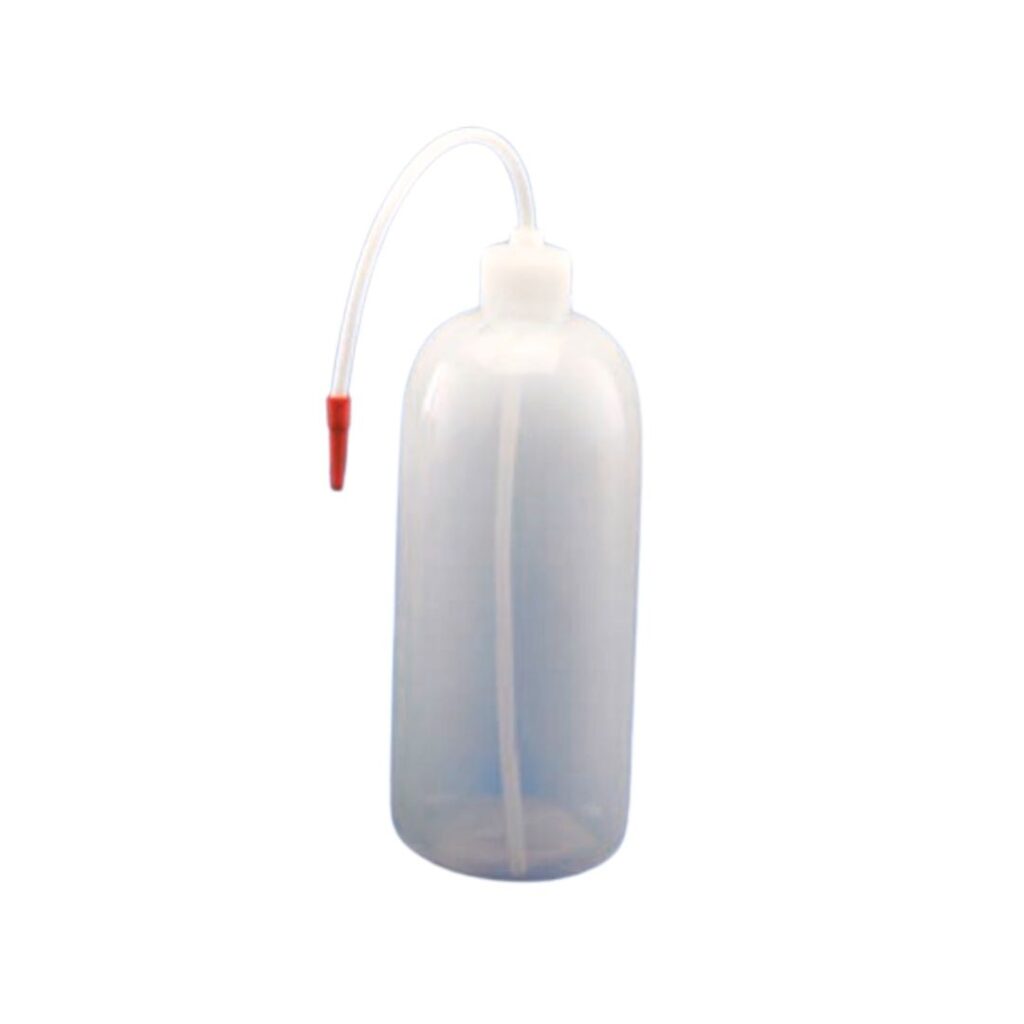
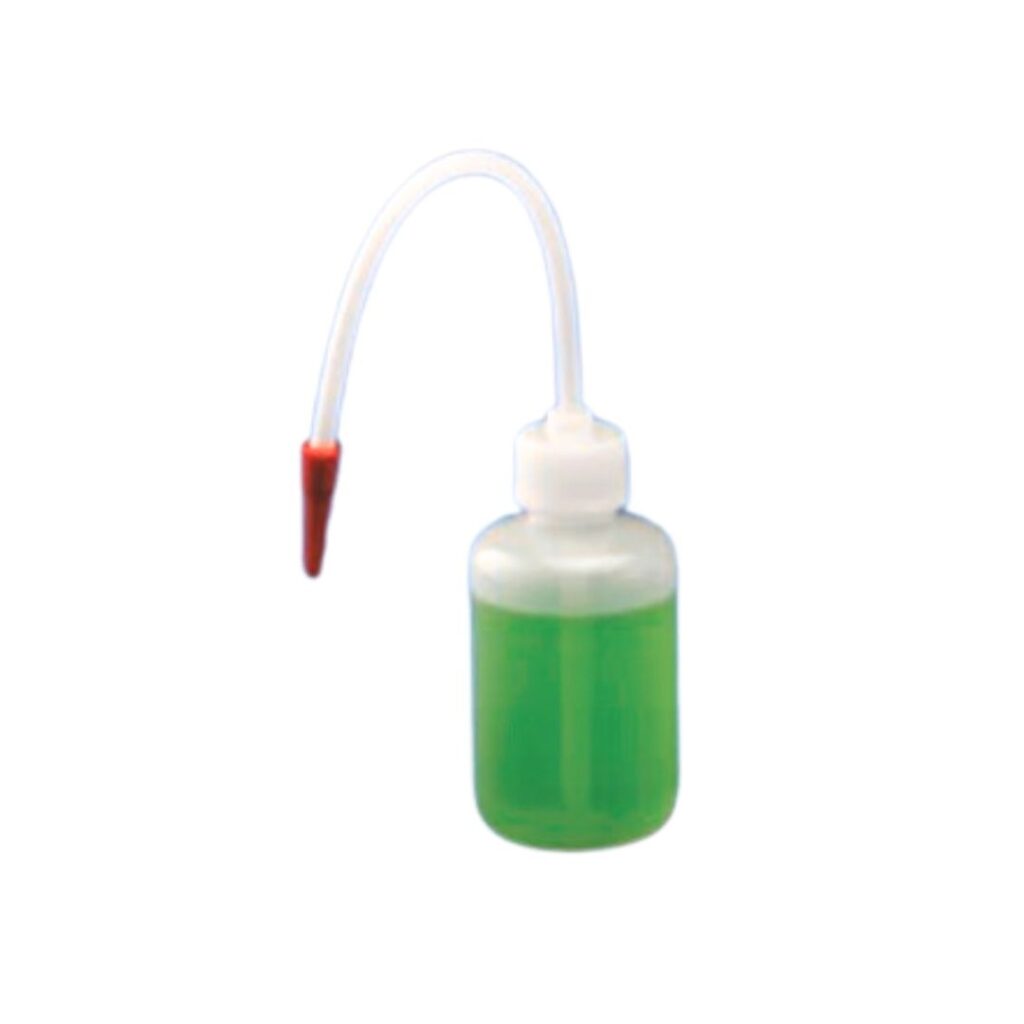
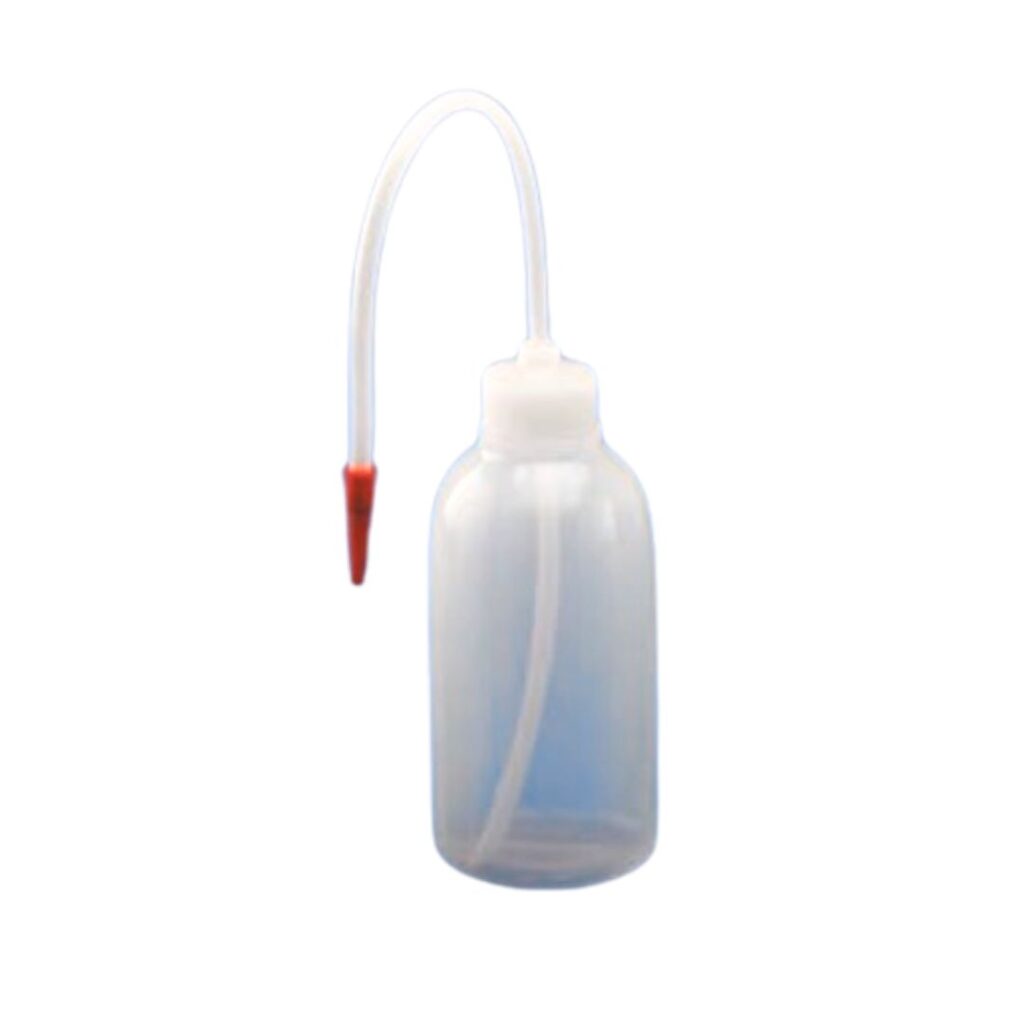
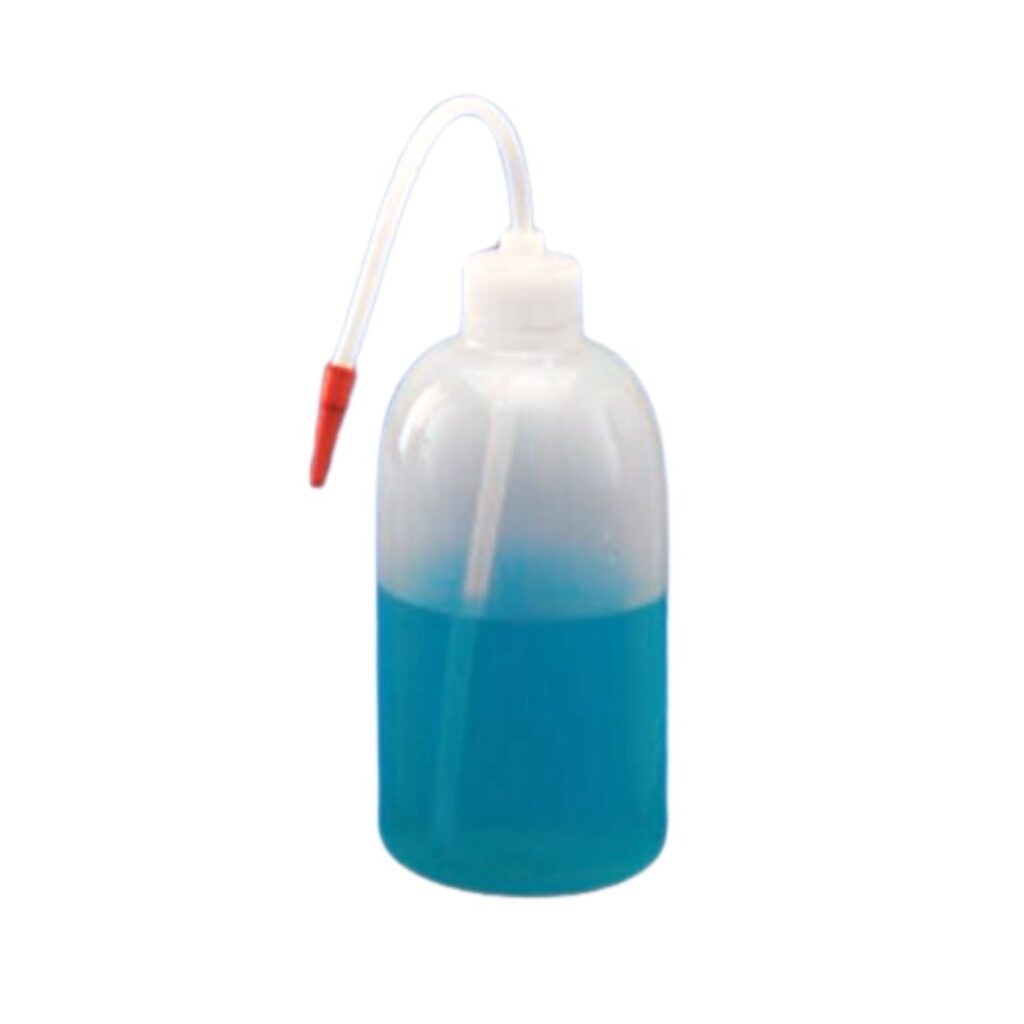
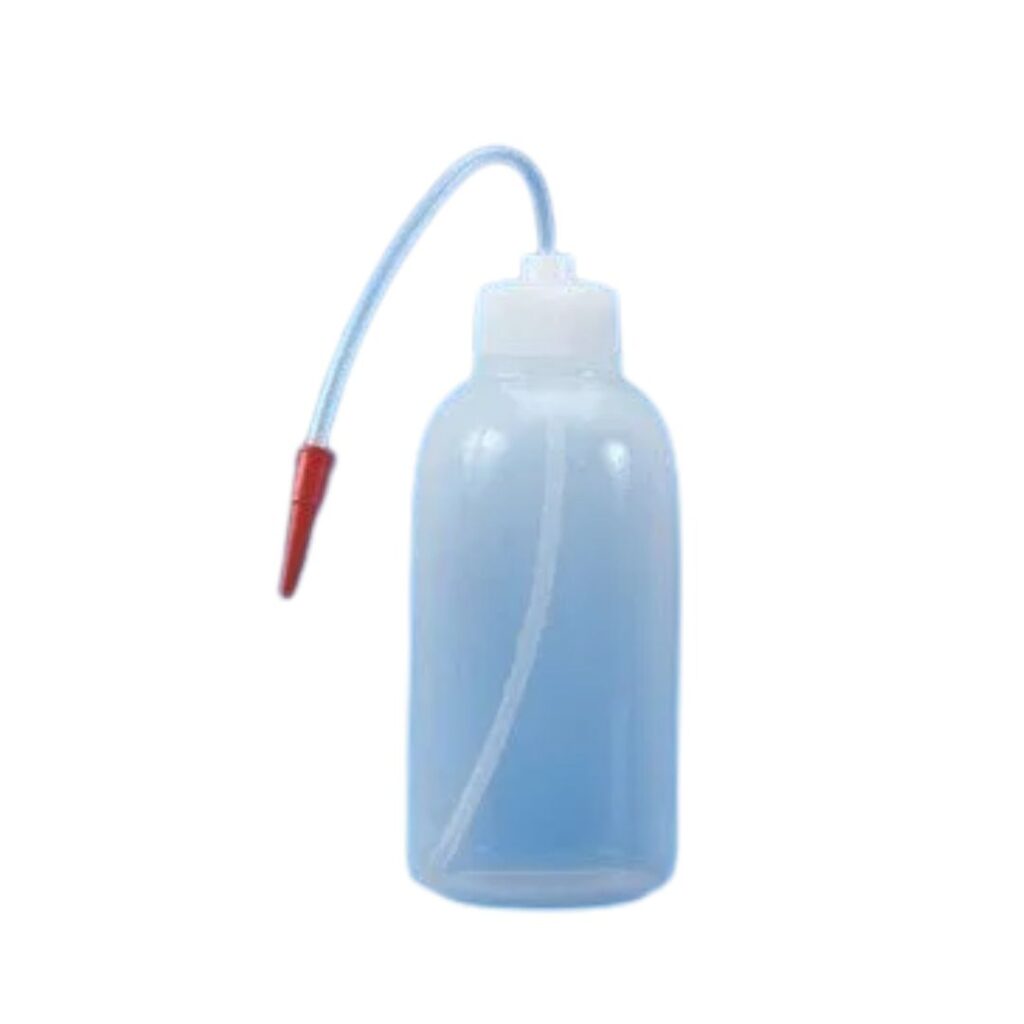
 Cardiology
Cardiology Clinical Oncology
Clinical Oncology






